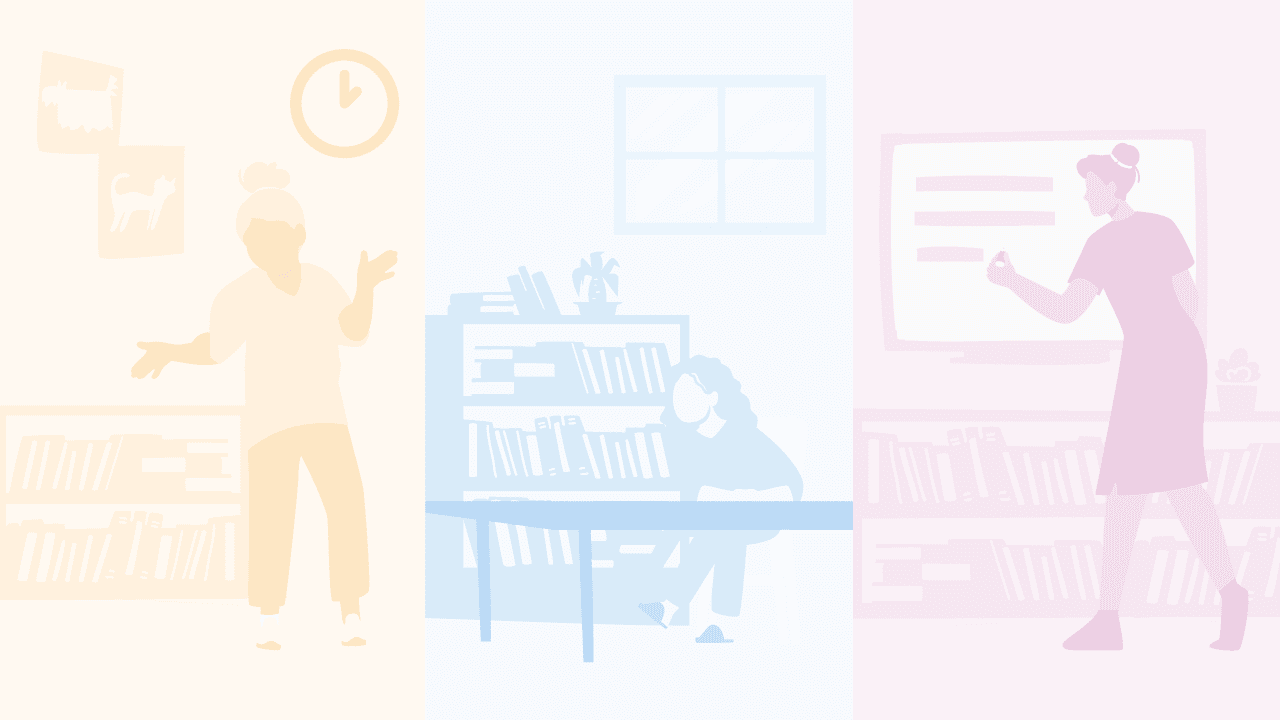One way that breaks can be beneficial is in providing students with sensory support. In my building and many others in my district there is a Multi-Sensory Center (MSC). This area allows for sensory input or output depending on the student’s individual needs. Most teachers who work with students with moderate to significant needs build some MSC time into their students’ days to allow them to take a break from the sensory overload schools unintentionally impose with their fluorescent lights, loud bells and constant activity. Another way in which breaks can be helpful is allowing students to be focused on academics for a shorter amount of time, which can result in their best effort and buy-in. Finally, breaks give students something to work toward or look forward to.
As teachers, we may look forward to our planning periods because it allows us a short break; I’m pretty sure this doesn’t make us bad teachers! The bottom line is that integrating short breaks into your students’ days could be a way to help each day go smoothly and ensure your learners make the most of the time you have together.
Here are some practical examples of how break strategies can be used throughout the day to help students learn to self-regulate and stay on task:
Designated Break Space
Also known as a calming corner, these areas within the larger learning space are the most desirable way to provide a safe place for students to retreat with the least amount of disruption in their learning time. Students will need to be taught—and then practice—how to properly make the transition while being respectful of the instruction still going on in the classroom.
Break Card Strategy
Positivity integrates this intervention tool to increase self-regulation and decrease problem behavior by teaching a student to select a break card on the screen to initiate a break for a designated amount of time. When the break time is completed, the strategy provides an individual reminder to the student that it is time to get back to the scheduled event. Break cards can be assigned to single events or multiple events in the day; the teacher simply customizes the number of cards available to the student based on that individual’s needs and coping abilities.
Open Lunch
Our school cafeteria has approximately 800 students in each of our three lunch periods. This can be a very chaotic environment for all students, especially those with sensory needs. Several years ago we started having one classroom open during each lunch, offering students the choice of a more quiet and calm environment to eat their lunch. This simple concept has been so helpful.
Pass
For some of my students who are integrated into mostly general education classes, I issue a year-long pass. This pass simply states that the student can take a three- to five- minute break once a period as requested. This is another simple way to give the student the opportunity to self-regulate and take a quick break as needed.
Multi-Sensory Center (MSC)
As mentioned above, this is a special room or area that allows the students to seek sensory input or output, depending on their personal needs. There is a lot of research regarding the effectiveness of these rooms with a variety of ages and ability levels.
Errand
Create a folder that looks “official” and have a student deliver it to another teacher in your building. That teacher should know that if a student delivers a blue folder, for example, you just needed them to take a break and walk a little. We teachers are sneaky!
Fidget Toy
Some students just need to move and destress. Set a visual timer for three minutes and allow a student to use a fidget toy for a short in-class break. These are usually not expensive and many have no sound, so they are not distracting to other students. This break can be added into a student’s day or used as a reward incentive.
Choice Board
Included below is an example of a choice board Mrs. Yahna from Trebein Elementary in Beavercreek, Ohio, uses in her classroom. The board shows multiple tasks that need to be done throughout the student’s day, including choices that have a short break built in. Choice boards allow the student to take ownership of their learning and can be a great behavior-management tool.
Visual Schedule
Use a visual schedule to show where the student’s next break will occur. This can help the learner stay focused on their academics or other tasks that are challenging for them.
Being prepared with a variety of proactive “exit” options is the best way to meet the individual requirements of your students with varied and unpredictable break needs while keeping the focus on learning.



